Home>Ideas and Tips>Planting Wildflower Meadows: A Guide For Midwest Gardeners
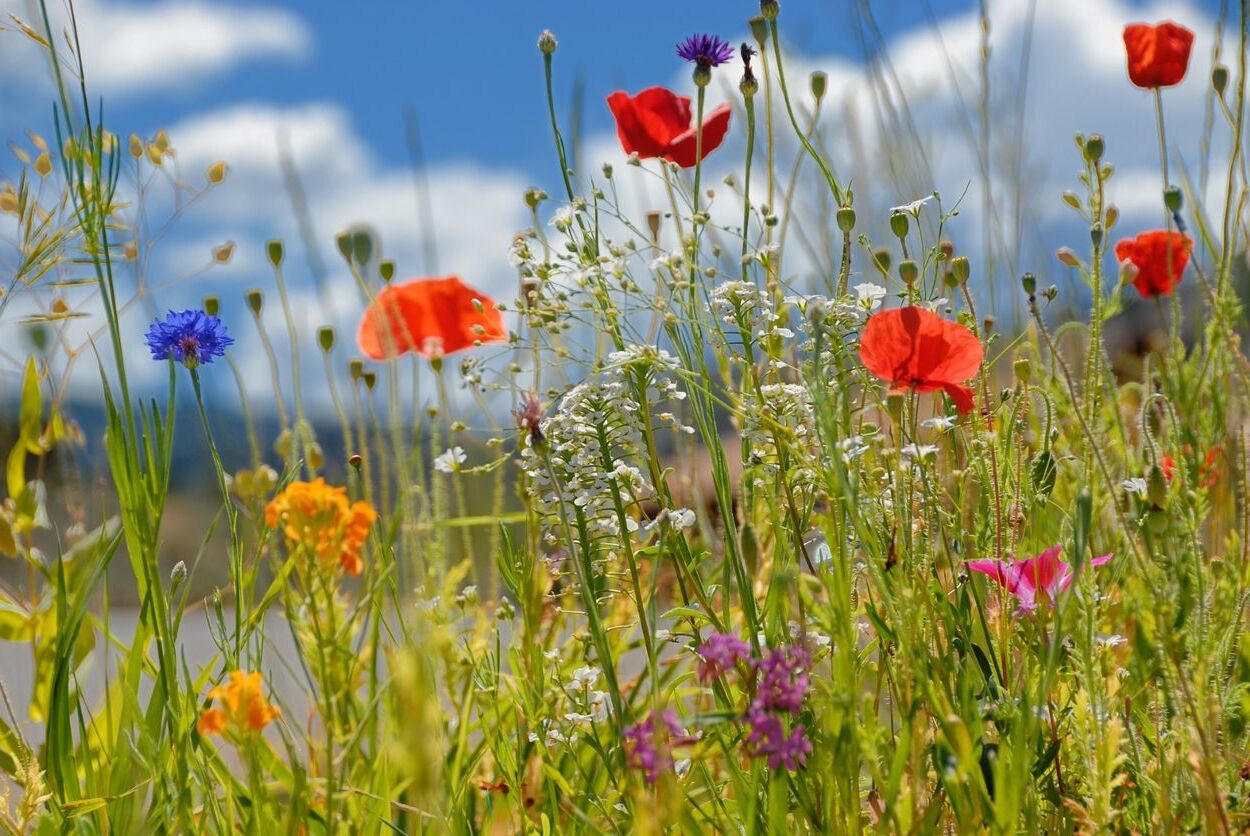

Ideas and Tips
Planting Wildflower Meadows: A Guide For Midwest Gardeners
Published: October 27, 2024
Learn how to create and maintain a beautiful wildflower meadow in the Midwest with our comprehensive guide tailored for local gardeners.
(Many of the links in this article redirect to a specific reviewed product. Your purchase of these products through affiliate links helps to generate commission for Storables.com, at no extra cost. Learn more)
Creating a wildflower meadow is a rewarding and sustainable way to enhance your garden, attract wildlife, and reduce lawn maintenance. Wildflowers are particularly well-suited for the Midwest region due to their hardiness and ability to thrive in a variety of soil conditions. This guide will walk you through the steps necessary to plant and maintain a beautiful wildflower meadow, tailored specifically for gardeners in the Midwest.
Understanding Your Growing Zone
Before you begin, it's crucial to understand your growing zone. The Midwest falls within USDA Hardiness Zones 3 to 6, depending on the specific location. Knowing your zone will help you determine the best time to plant and which types of wildflowers will thrive in your area.
Timing Your Fall Planting
Fall is an excellent time to plant wildflowers in the Midwest. The cooler temperatures and increased rainfall provide ideal conditions for seed germination and establishment. However, the timing of your fall planting is critical. American Meadows recommends planting at least 8 weeks before the first frost date if you live in warmer parts of the Midwest (zones 5-6). For areas with harsher winters (zones 3-4), a dormant fall planting is recommended. This involves spreading seeds after several killing frosts so that they can lay dormant over the winter, germinating in the spring when ground temperatures rise above 55°F.
Choosing the Right Wildflowers
Selecting the right wildflowers is essential for creating a diverse and thriving meadow. Native species are often the best choice because they are adapted to local conditions and require less maintenance. Some popular native wildflowers for the Midwest include:
- Butterfly Weed (Asclepias tuberosa): Attracts monarch butterflies and thrives in dry, sandy soil.
- Lanceleaf Coreopsis (Coreopsis lanceolata): A perennial that blooms in late spring and attracts butterflies.
- Asters (Symphyotrichum spp.): Various species like Calico, Drummond's, Golden, and Upland White attract pollinators.
- Blue Sage (Salvia farinacea): A perennial that attracts butterflies and hummingbirds.
- Grey Goldenrod (Solidago spp.): A perennial that blooms in late summer and early fall.
- Prairie Pussytoes (Antennaria plantaginifolia): A perennial that attracts bees and butterflies.
- Western Sunflower (Helianthus occidentalis): A perennial that attracts pollinators.
- Rattlesnake Master (Eryngium yuccifolium): A perennial that attracts pollinators and is deer-resistant.
- Little Bluestem (Schizachyrium scoparium): A grass that provides structural interest and attracts wildlife.
These plants are not only beautiful but also beneficial for local wildlife, providing food and shelter for various species.
Site Preparation
Preparing the site is the most important step in creating a successful wildflower meadow. Here are some tips:
Soil Quality
Wildflowers can thrive in a variety of soil types, including loam, sandy, and clay soils. However, loamy soil with plenty of humus is often the best medium because it provides water absorption and aeration. If you have sandy soil, it may require additional fertilization to sustain healthy plant growth.
Removing Debris
Clear the area of any debris such as rocks, branches, and old roots. This will ensure that your wildflower seeds have direct contact with the soil, which is crucial for germination.
Addressing Weeds
Weeds can be challenging to remove once your vegetation takes root. Addressing weed issues before planting is essential. Use mulch to prevent weeds from growing back and maintain moisture levels in the soil.
Adding Mulch
Add a couple of inches of mulch on top of your prepared soil. Mulch helps retain moisture, discourages pests, and keeps down extreme winter temperatures.
Planting Your Wildflower Seeds
Once your site is prepared, it's time to plant your wildflower seeds. Here are some steps to follow:
Read more: Why Are Wildflower Meadows Important?
Choosing Your Seed Mix
There is no right or wrong way to mix up your wildflowers, but the mixes you choose will make a difference in your garden. Try not to put any one type of flower in more than three areas to ensure variety. Make sure there aren’t any plants listed on your state’s noxious weed list in your blend.
Planting Depth
Plant wildflower seeds at a maximum depth of one-eighth inch (1/8″). This allows for adequate moisture retention and germination. If you're spreading seeds by hand, press them into the soil by stepping on them or rolling them in.
Spacing
Space your wildflower seeds about five feet apart. This allows for proper growth and prevents overcrowding, which can lead to disease and pest issues.
Maintaining Your Wildflower Meadow
Once your wildflower meadow is established, it requires minimal maintenance. Here are some tips:
Read more: How To Maintain A Wildflower Meadow
Watering
Wildflowers generally require less watering than traditional lawns. However, they still need adequate moisture during their first year of growth. Use drip irrigation if possible to reduce water loss and prevent seedlings from rotting.
Mulching
Continue to use mulch to retain moisture and prevent soil erosion, especially if you're planting on a slope or hill. Mulch also discourages pests and keeps down extreme winter temperatures.
Fertilization
Wildflowers typically don’t require fertilization unless you're using sandy soil that lacks nutrients. Avoid over-fertilizing as this can lead to weak and leggy growth.
Pruning
Pruning is minimal for wildflowers. However, removing dead flowers (called deadheading) can encourage more blooms and maintain the appearance of your meadow. Prune any dead or dying plants in early spring to make way for new growth.
Read more: How To Grow A Wildflower Meadow
Benefits of Wildflower Meadows
Creating a wildflower meadow offers numerous benefits:
Wildlife Attraction
Wildflowers attract a variety of wildlife including butterflies, bees, hummingbirds, and other pollinators. By planting native species, you're supporting local ecosystems and providing essential food sources for wildlife.
Low Maintenance
Wildflower meadows require minimal maintenance compared to traditional lawns. They need less watering, mowing, and fertilization, making them an ideal choice for busy gardeners or those looking to reduce their environmental impact.
Aesthetic Appeal
Wildflowers come in a variety of colors and shapes, adding beauty and diversity to your garden. They can be planted in a variety of configurations from small patches to large meadows, providing endless design possibilities.
Read more: How To Plant A Desert Wildflower Garden
Conclusion
Creating a wildflower meadow is a rewarding and sustainable way to enhance your garden. By understanding your growing zone, choosing the right wildflowers, preparing your site properly, planting your seeds correctly, and maintaining your meadow with minimal care, you can enjoy the benefits of these beautiful plants for years to come. Whether you're looking to attract wildlife or simply add some natural beauty to your yard, planting wildflowers is an excellent choice for any gardener in the Midwest.
Was this page helpful?
At Storables.com, we guarantee accurate and reliable information. Our content, validated by Expert Board Contributors, is crafted following stringent Editorial Policies. We're committed to providing you with well-researched, expert-backed insights for all your informational needs.
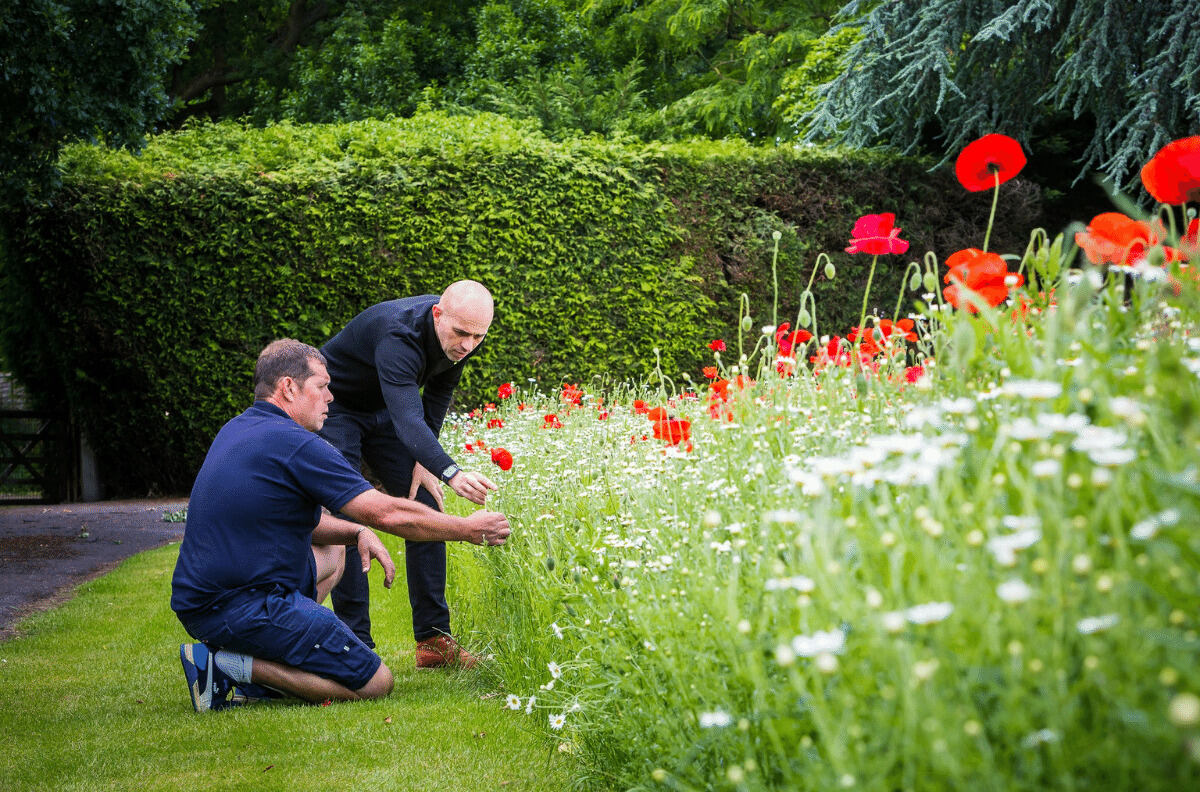
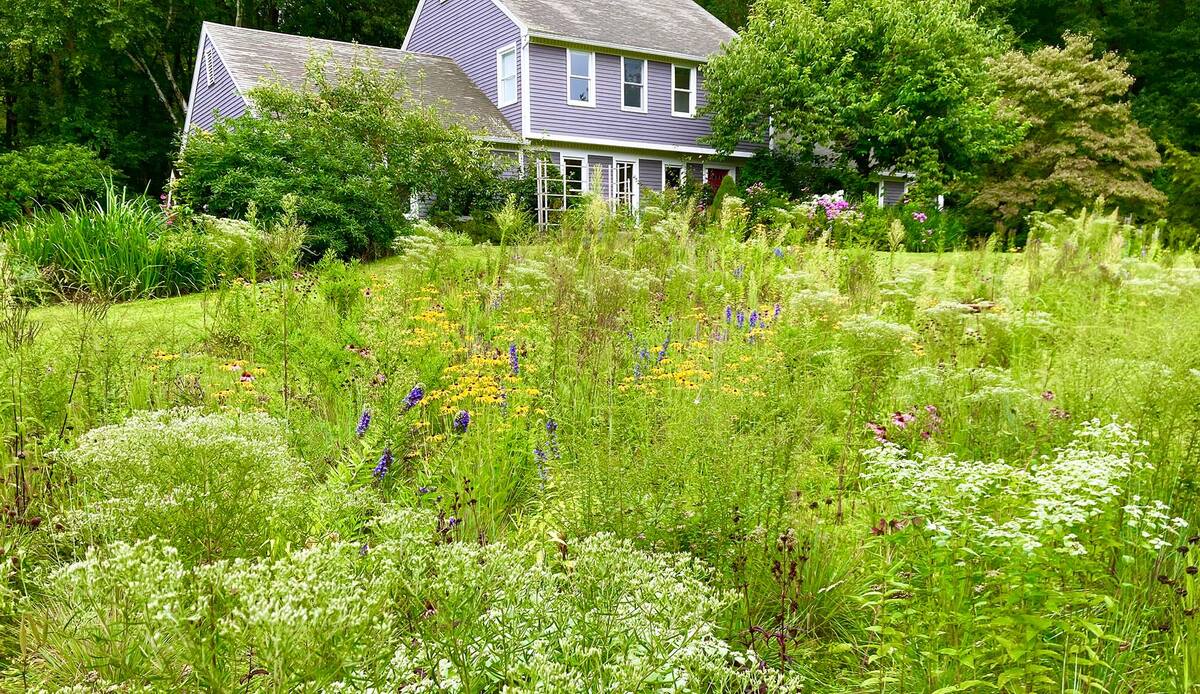
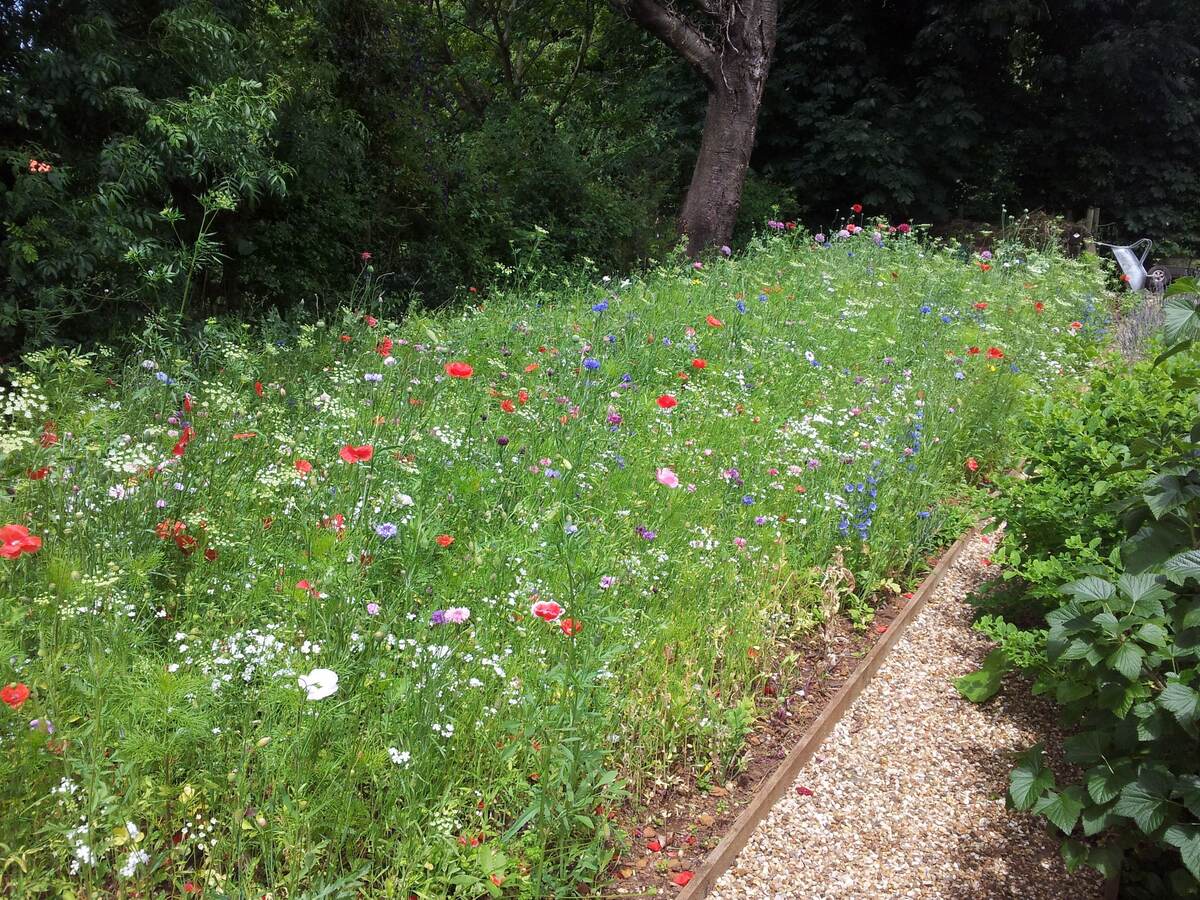

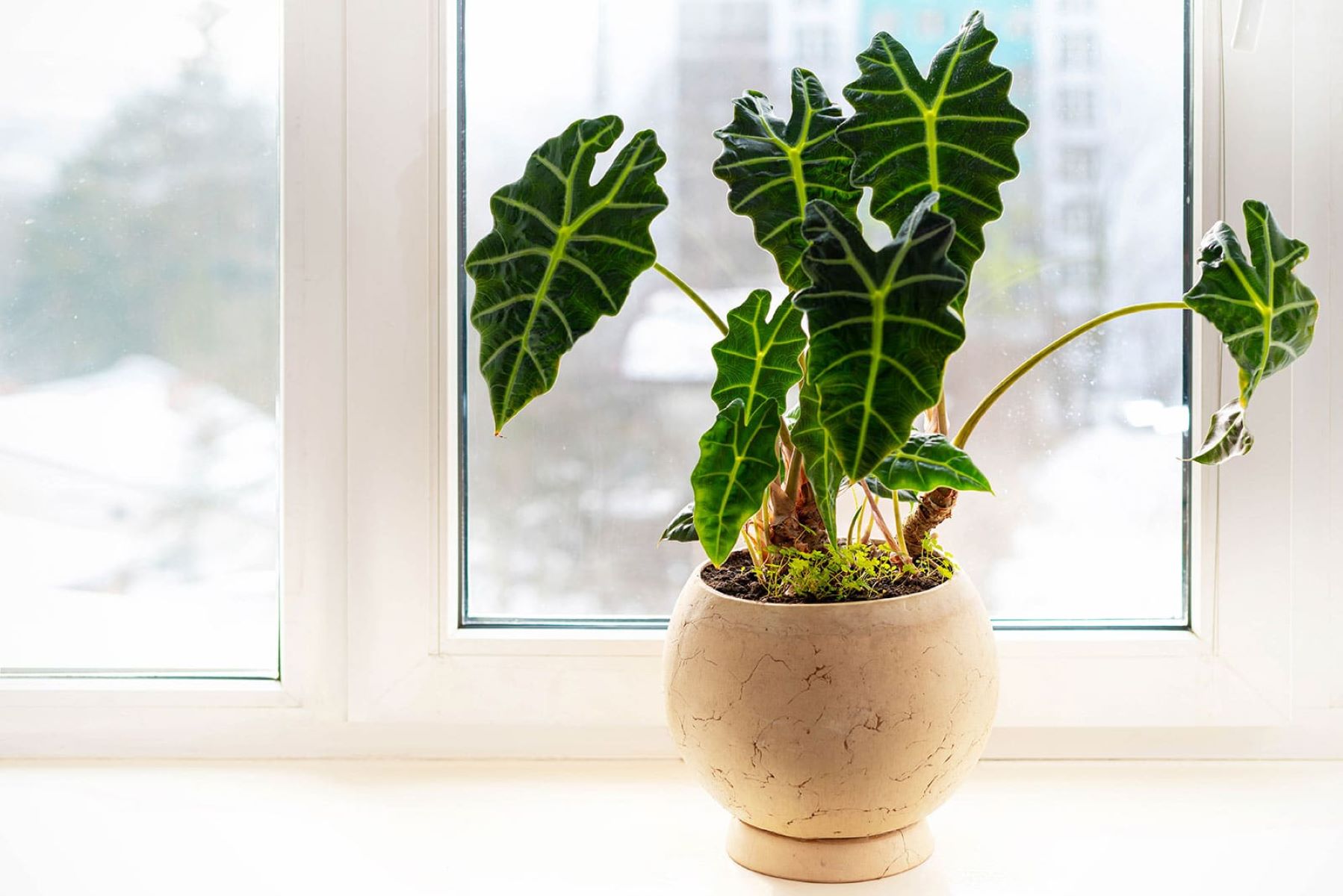
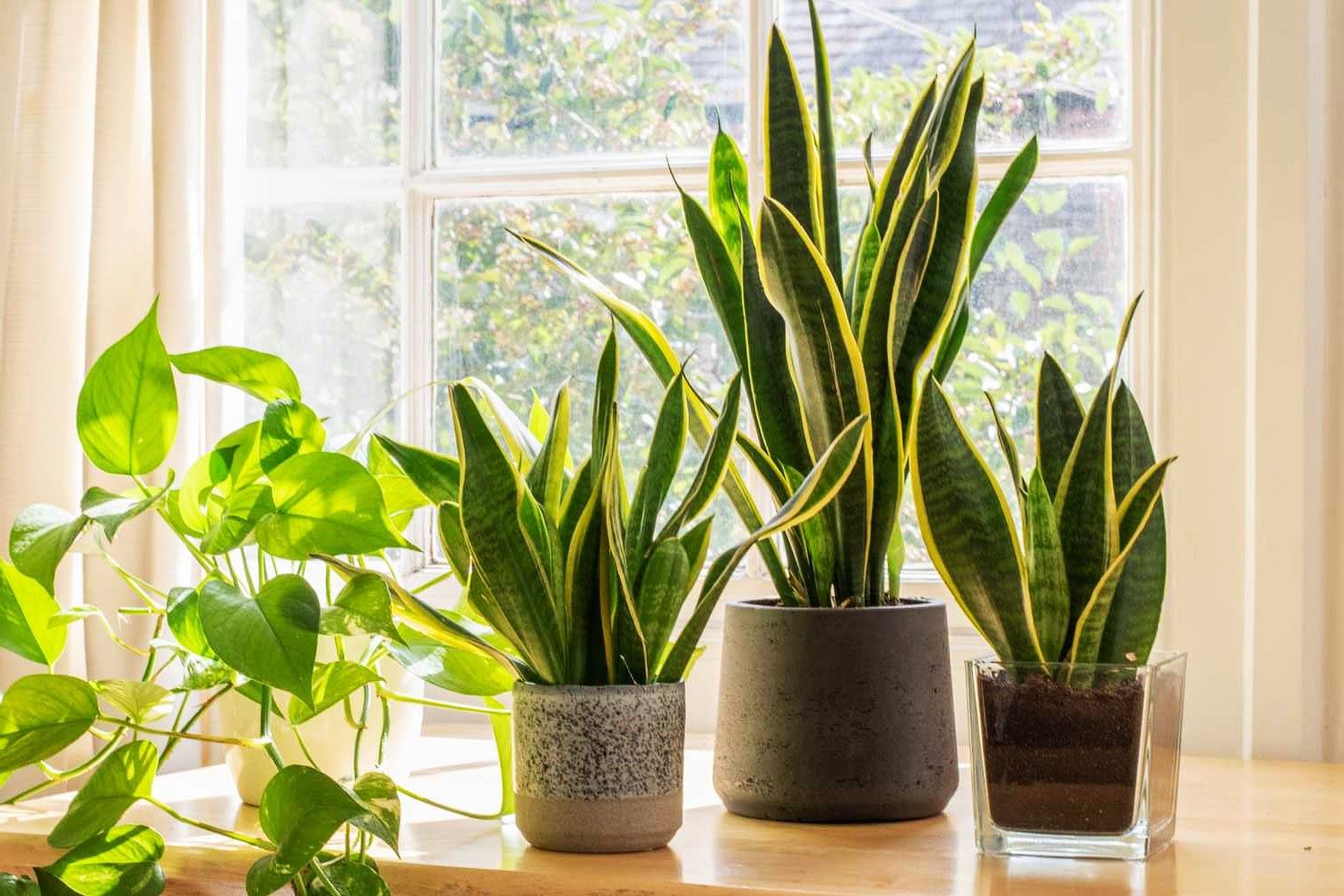
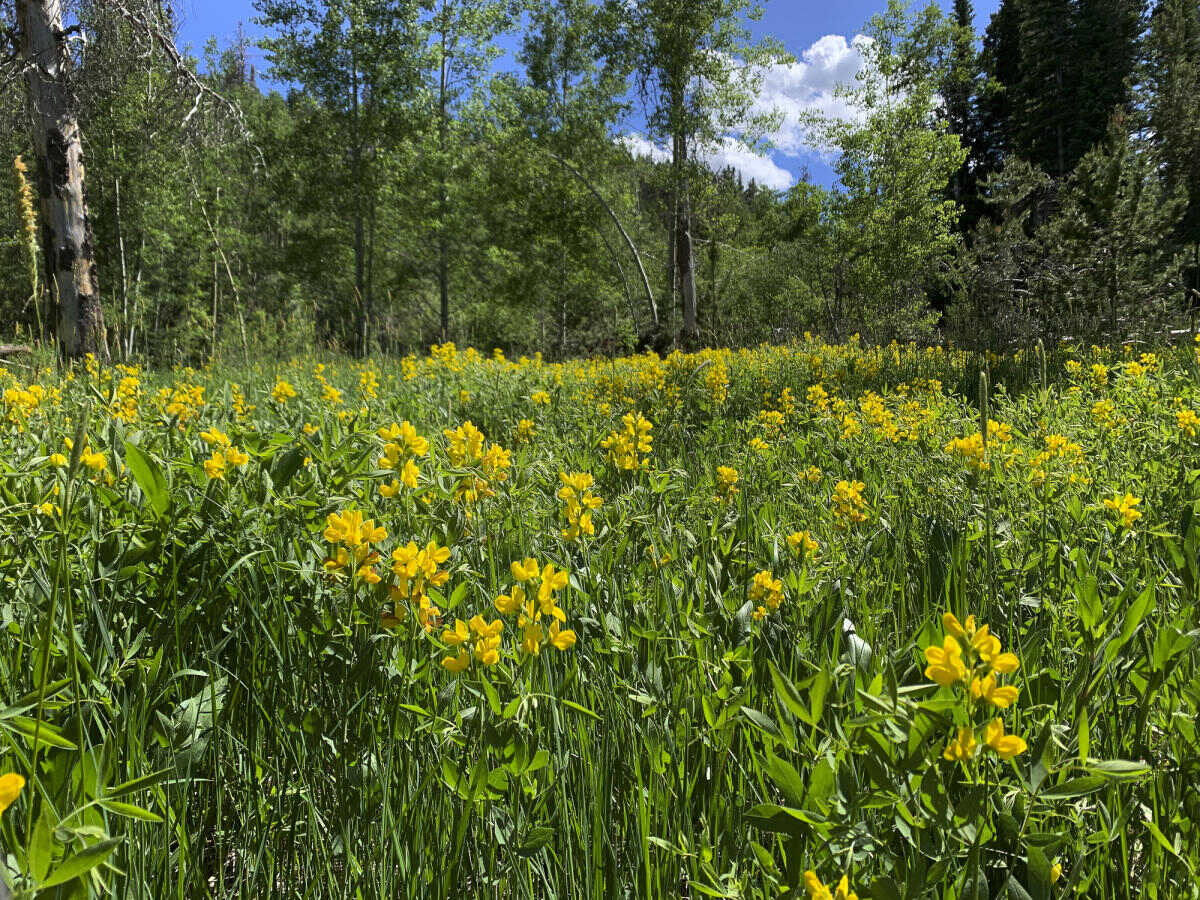
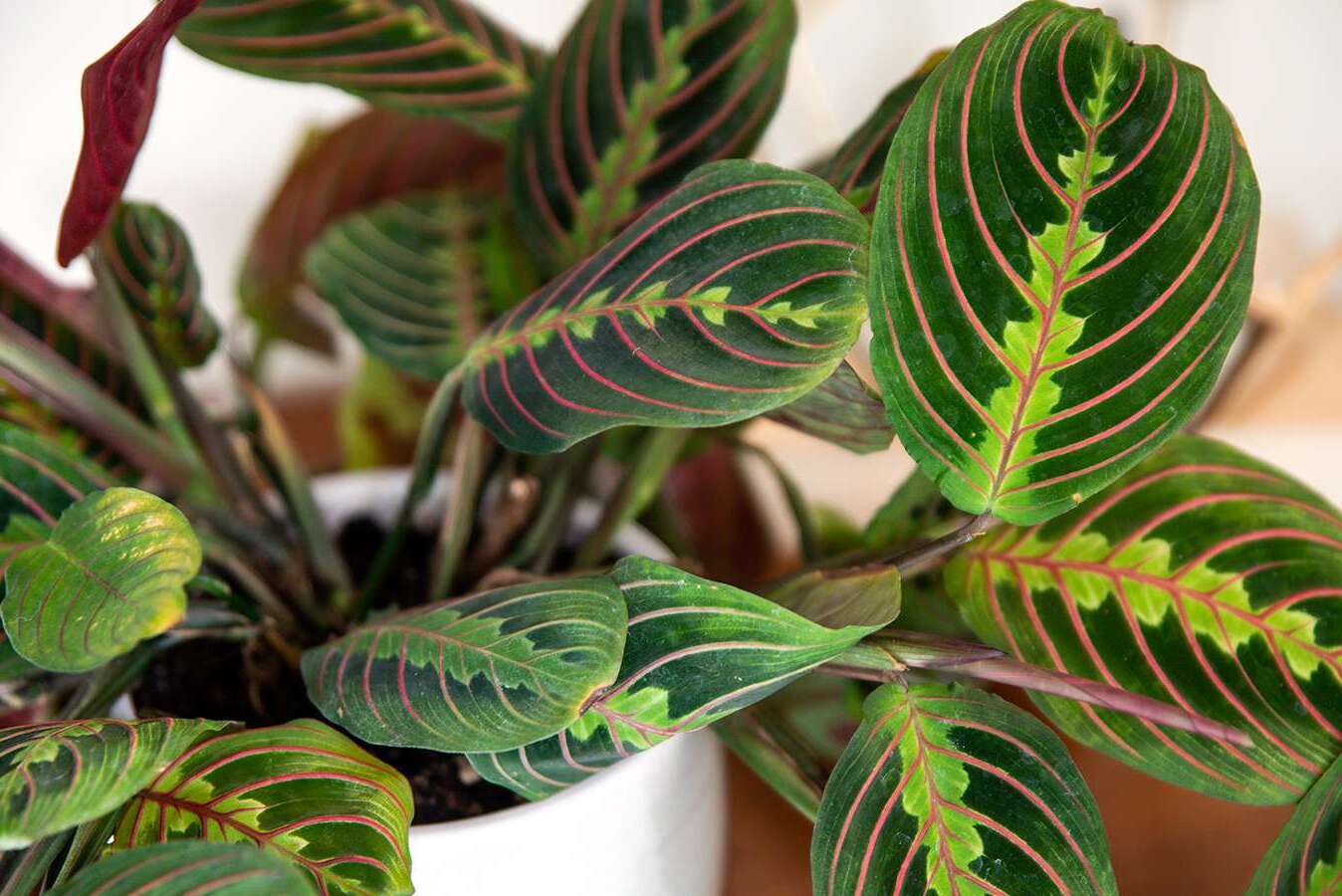
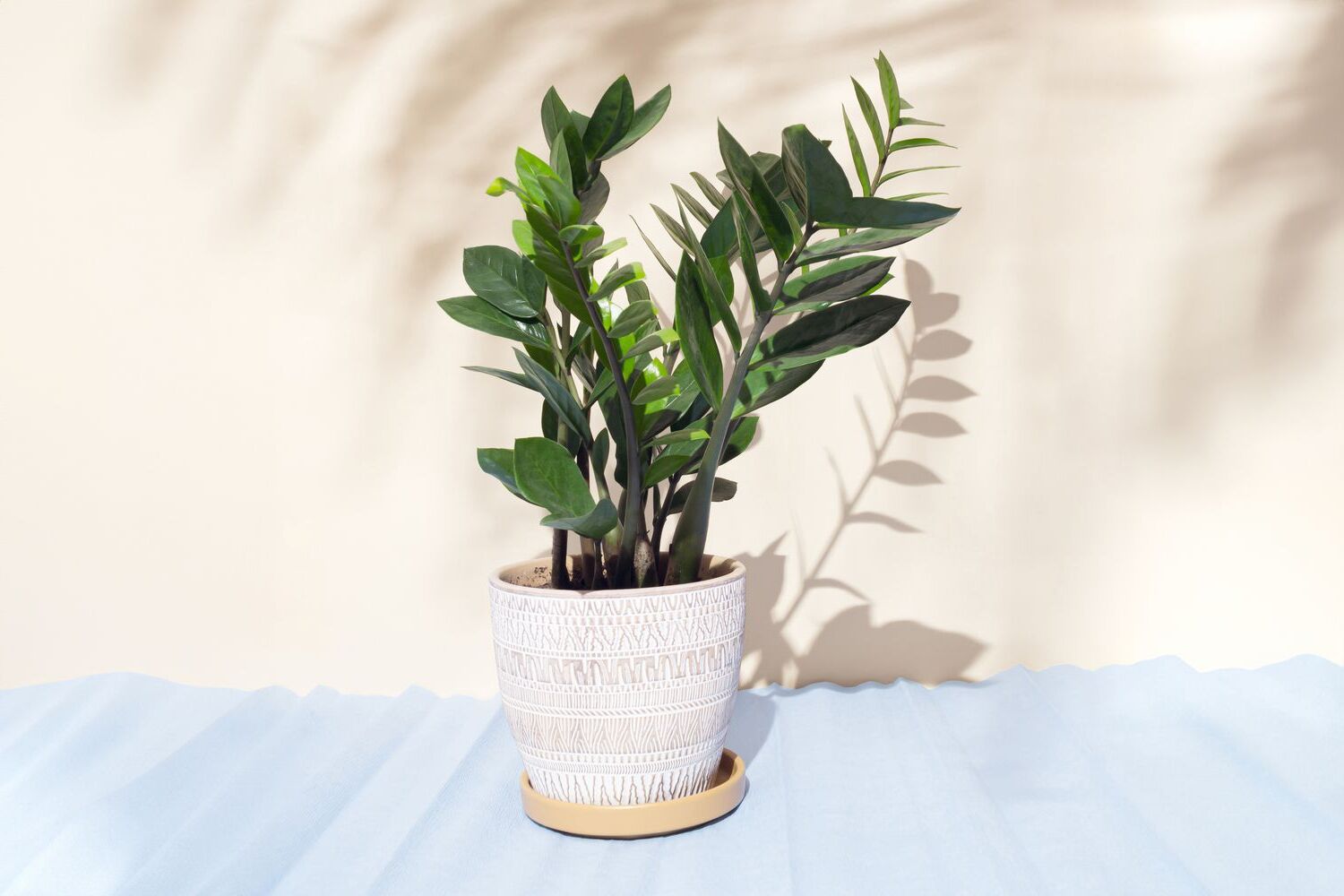
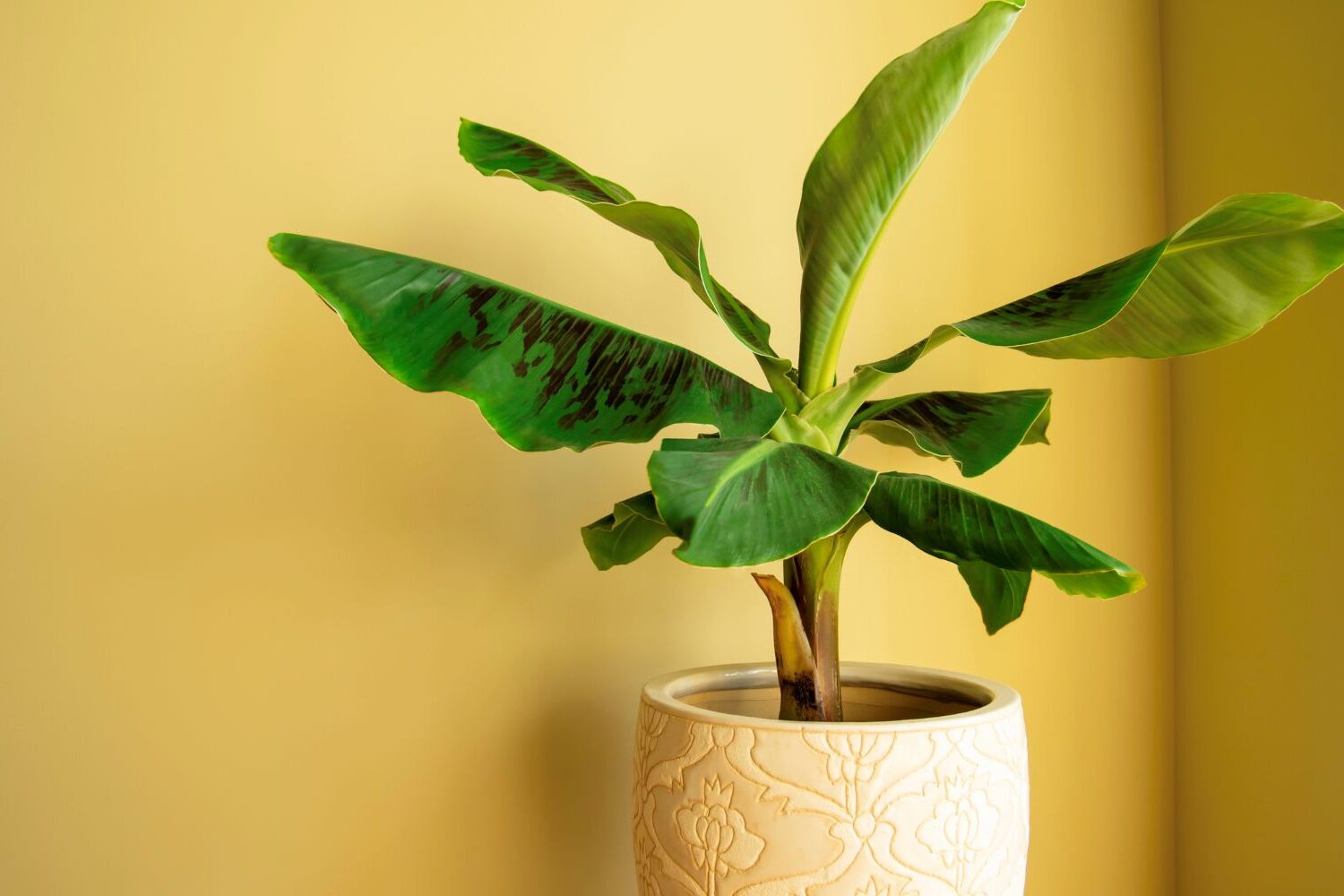

0 thoughts on “Planting Wildflower Meadows: A Guide For Midwest Gardeners”